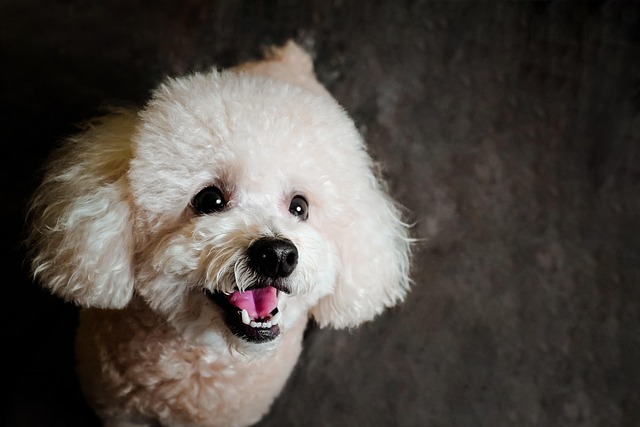
Are Poodles hard to potty train?
Many new Poodle owners worry about potty training challenges, but the breed’s high intelligence often works in their favor.
Deciding to bring a Yorkie into your home means embracing a tiny bundle of energy and charm, but it also raises an important question: how straightforward is potty training? Unlike larger breeds, these pint - sized pups come with unique traits that can make the training process both rewarding and challenging. Understanding these characteristics is key, especially when considering local animal waste disposal laws and community expectations.
Yorkies’ small size plays a significant role in potty training. Their tiny bladders mean they need to relieve themselves more frequently than bigger dogs. A young Yorkie might need to go outside every 2 - 3 hours, and missing these windows can quickly lead to accidents indoors. This frequent need can be a test of patience, but it also means they can learn faster with consistent routines. Just like adhering to local leash laws, establishing a regular potty schedule helps keep your Yorkie in line with community standards.
These dogs are known for their intelligence and independent streak. While their smarts can make them quick learners, their stubborn side often shines through during training. Yorkies may decide they’d rather mark their territory indoors than wait for the right moment outside. Positive reinforcement, like treats and enthusiastic praise, usually works better than scolding. Remember, in many areas, using punishment - based training methods on pets violates animal welfare regulations.
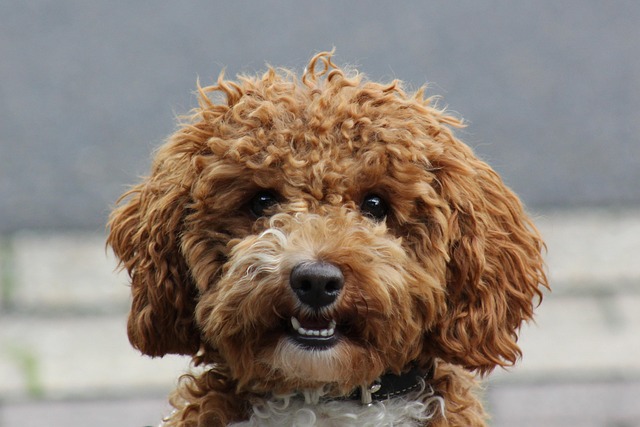 Housebreaking a Yorkie benefits from a multi - pronged approach. Crate training can be a game - changer, as these dogs tend to avoid soiling their sleeping areas. But it’s crucial to use the crate correctly—never leave your Yorkie confined for too long, as it could be considered neglect under some local laws. Combining crate training with scheduled outdoor breaks and immediate rewards for good behavior creates a system that’s both effective and compliant with responsible pet ownership guidelines.
Housebreaking a Yorkie benefits from a multi - pronged approach. Crate training can be a game - changer, as these dogs tend to avoid soiling their sleeping areas. But it’s crucial to use the crate correctly—never leave your Yorkie confined for too long, as it could be considered neglect under some local laws. Combining crate training with scheduled outdoor breaks and immediate rewards for good behavior creates a system that’s both effective and compliant with responsible pet ownership guidelines.
Another factor to consider is Yorkies’ sensitivity to their environment. Sudden changes, like a new furniture arrangement or a different cleaning product scent, can confuse them during training. Keeping their potty area consistent and clean helps. In communities where neighbors value a tidy living space, having a well - trained Yorkie that doesn’t leave messes outside your home fosters good relationships and avoids potential complaints.
Potty training a Yorkie isn’t always a walk in the park, but with the right strategies, it’s entirely achievable. By respecting their physical needs, working with their personality, and following local pet care best practices, you’ll not only have a house - trained companion but also a well - behaved member of the community. After all, responsible pet ownership is about creating harmony between your furry friend and the world around you.

Many new Poodle owners worry about potty training challenges, but the breed’s high intelligence often works in their favor.
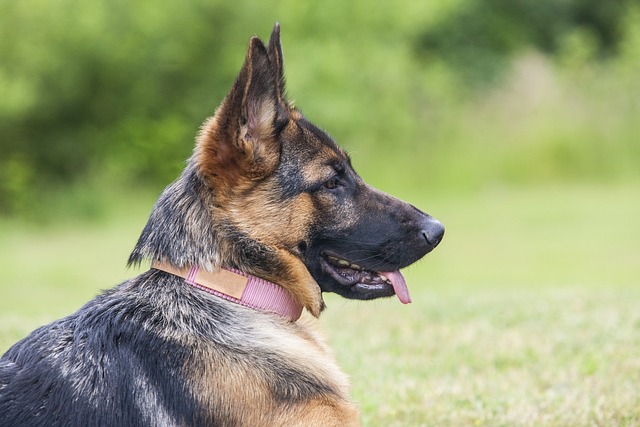
Belgian Malinois are smart, energetic dogs, but their barking can sometimes become a challenge—especially when it disrupts neighbors or violates local noise rules. First, you need to figure out why they’re barking.
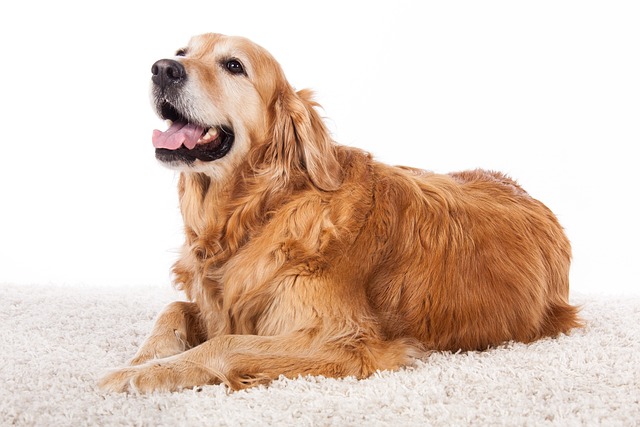
Anyone who’s spent time tossing a ball in the park knows some dogs go wild for fetch, while others just stare like you’re speaking a foreign language.

Toss a tennis ball across a park, and you’ll likely see a Golden Retriever bolt after it—tail wagging so hard their whole body shakes—before dropping it at your feet, waiting for another throw.
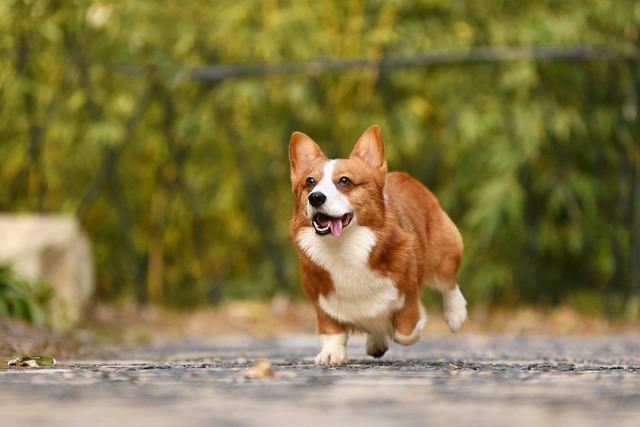
If you’re in the thick of puppyhood feeling sleep-deprived and wondering if you’ve made a terrible mistake, you’re not alone.
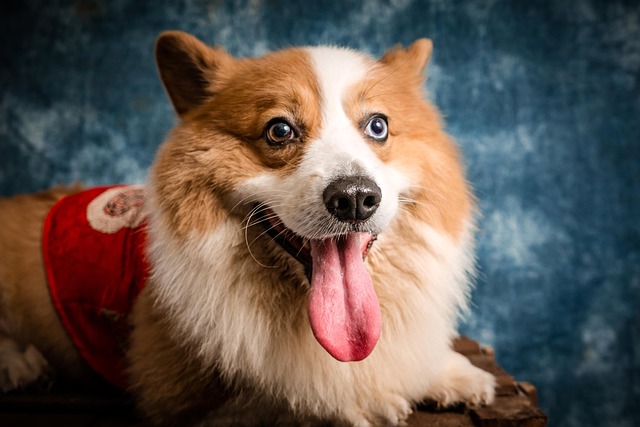
That magical period when your puppy seems curious about everything isn’t just a cute phase—it’s a critical developmental window that will shape their personality forever.